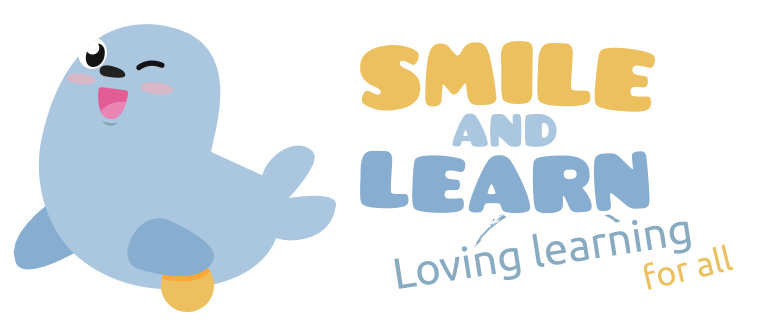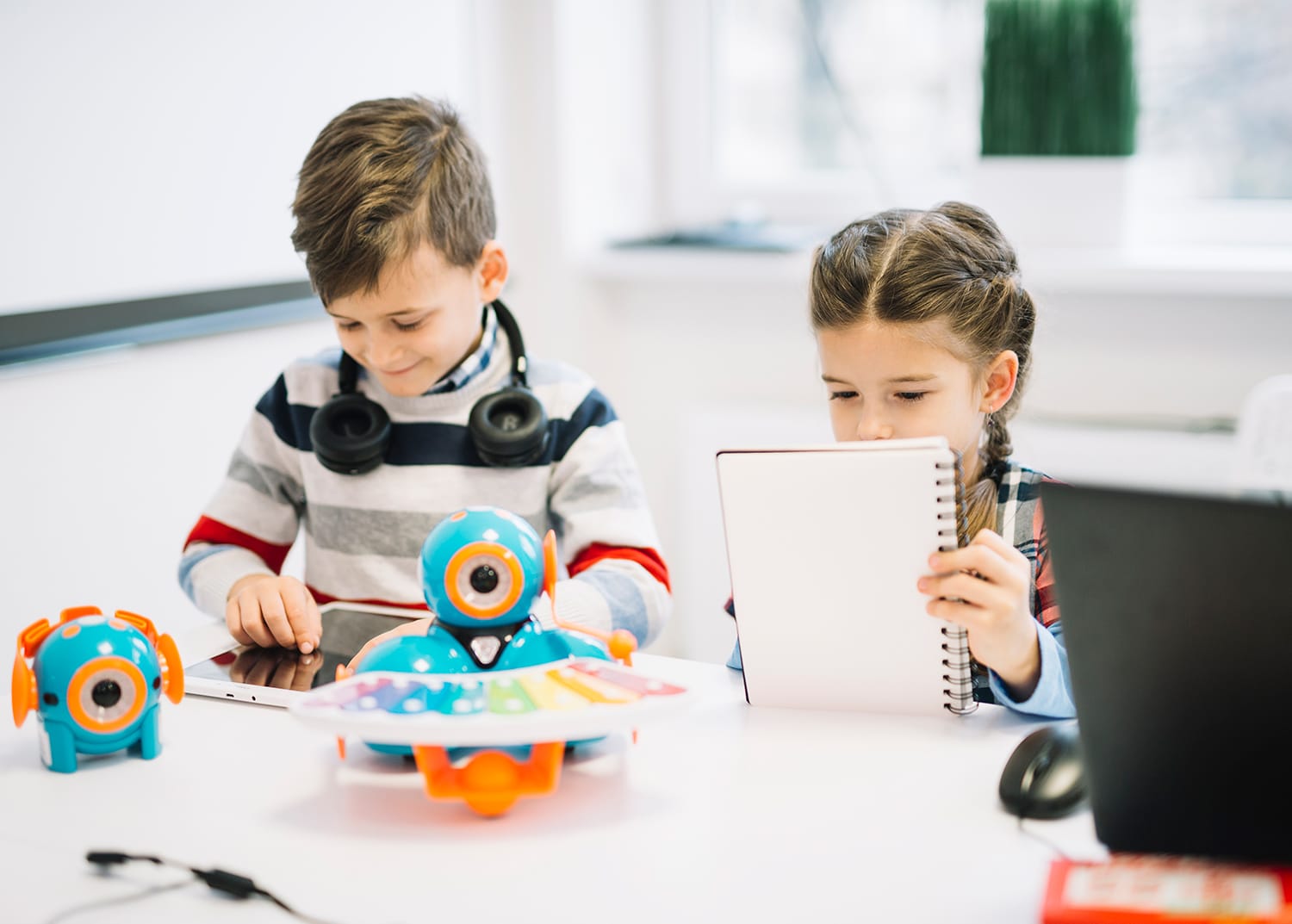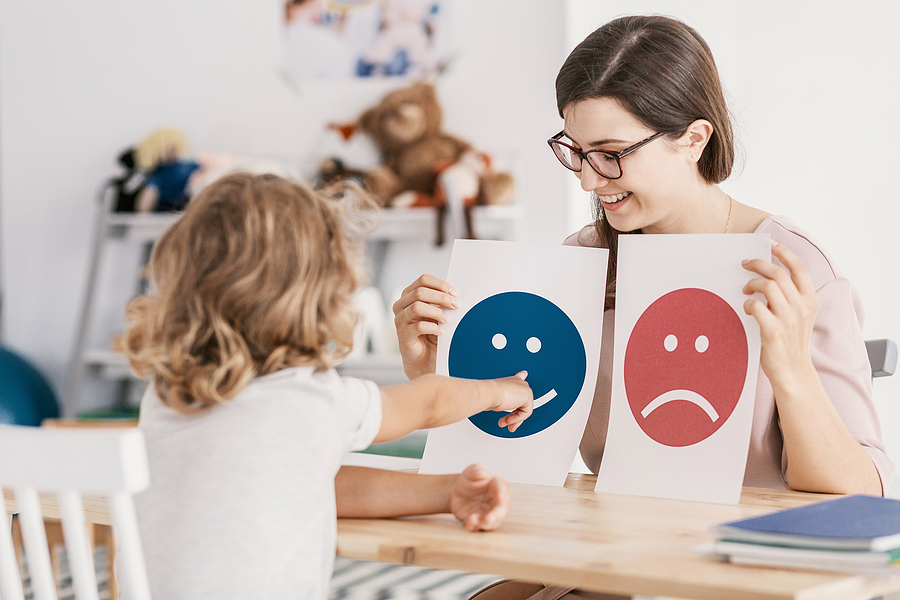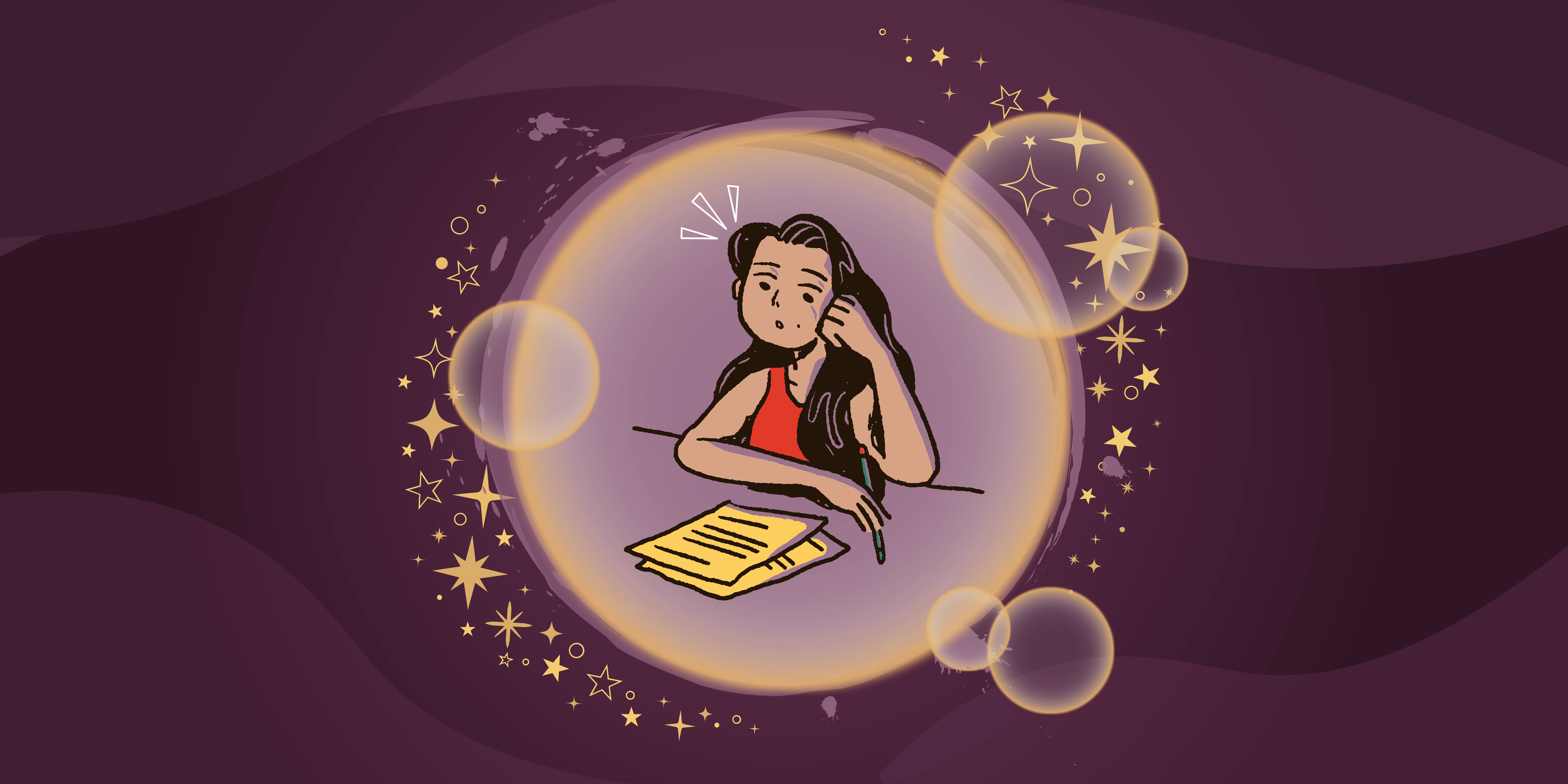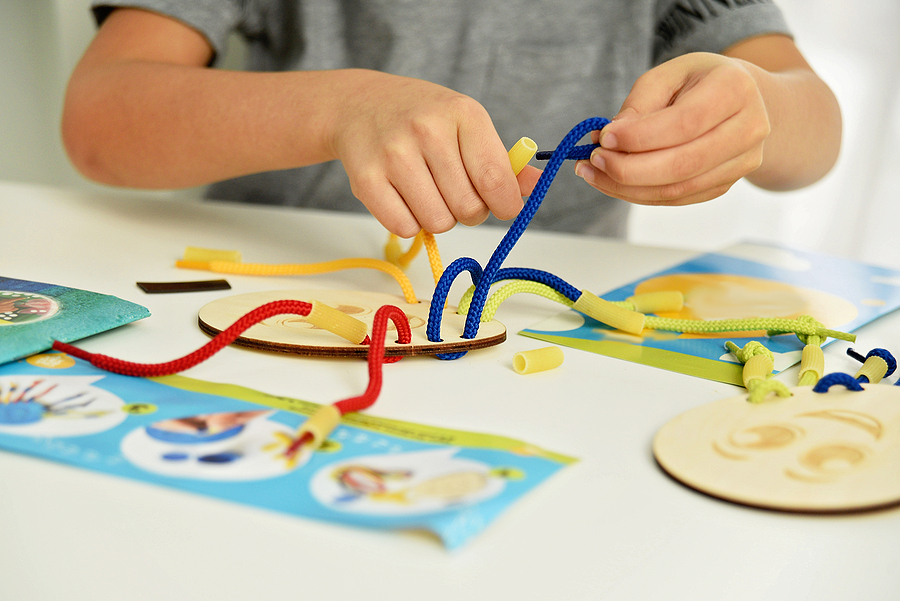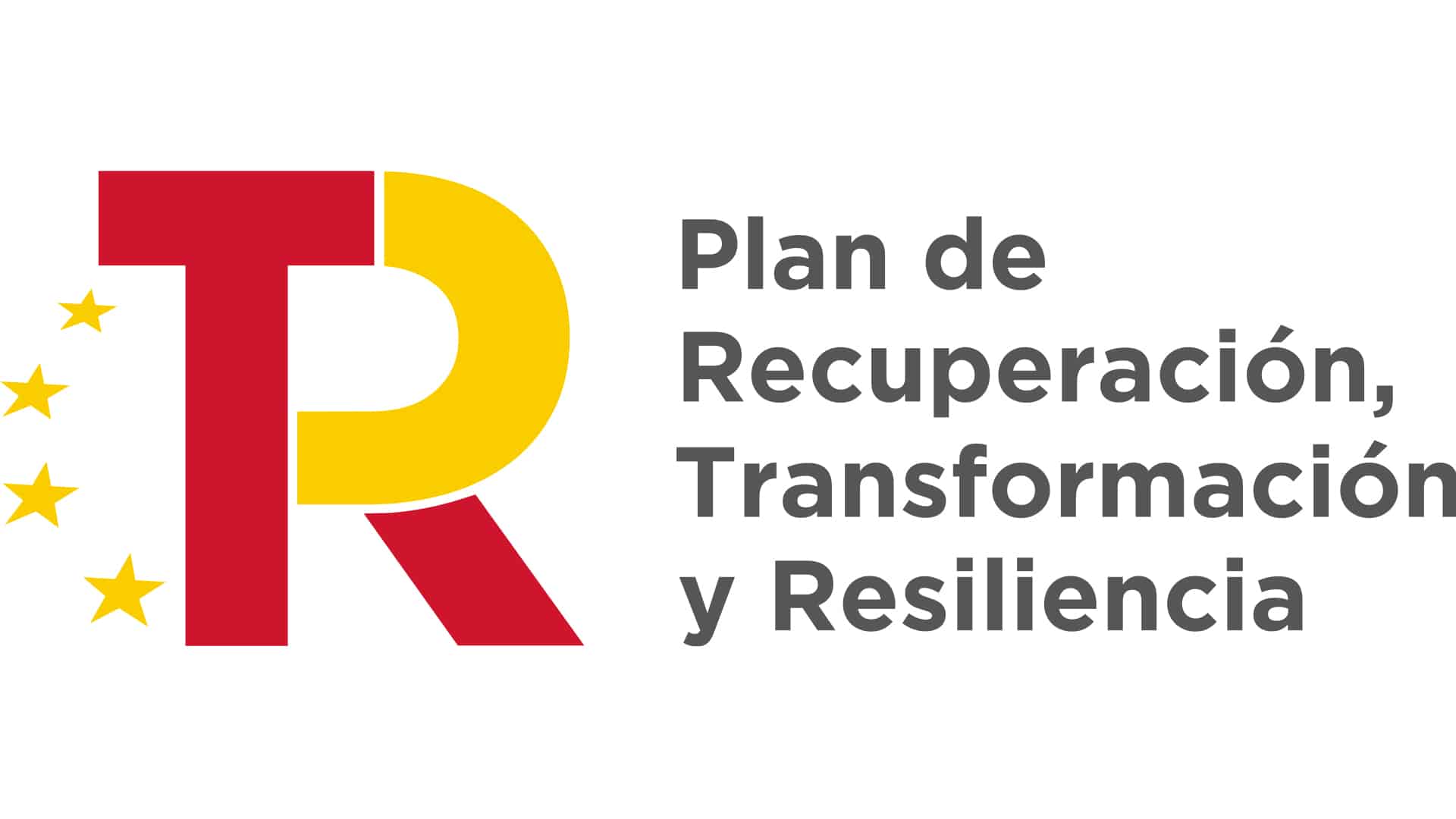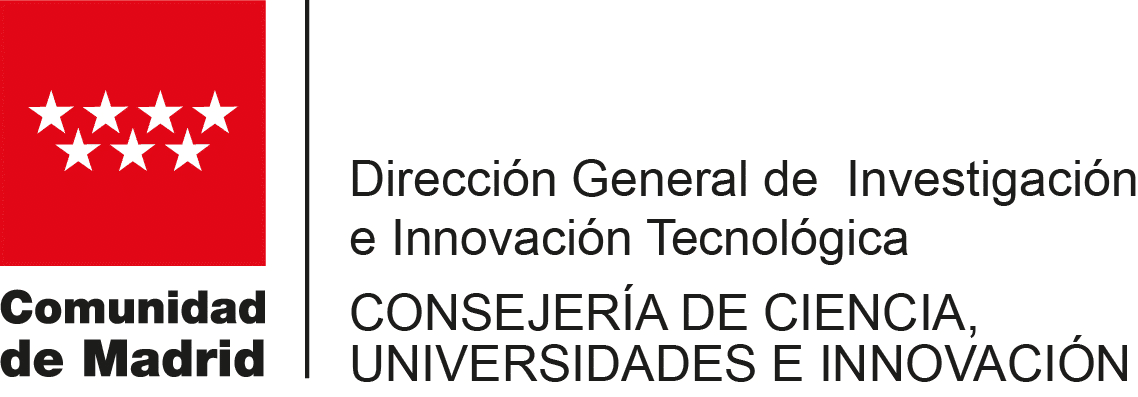Education is changing. Today, the new pedagogical trends move away from the traditional model of education in which the teacher is a mere transmitter of knowledge and the student a passive subject. The transmission of knowledge no longer takes place only in the classroom; thanks to new technologies, students can learn from their homes. In short, more and more teachers are opting for more participatory methods, for inclusive and personalized education, and students are taking a more active role in their learning process.
One of these new pedagogical currents is that of project-based learning. project-based learning. But what exactly does this method consist of?
Project-based learning: initiative and autonomy
The project-based learning, PBL (Project Based Learning) or PBL (
Project Based Learning
) is a pedagogical strategy based on tasks and activities. It is a methodology that allows students to acquire knowledge by carrying out projects that help them develop specific skills. The acquisition of knowledge, therefore, is done through research, formulation and exposition. In short, the PBL is a type of learning that encourages initiative, motivation and autonomy of each learner.
Project-based learning is based on the following premises:
- The knowledge is not acquired through passive listening in class. The purpose of each project is for students to learn how to learn, to take an active role in the classroom and to take control of their learning process. The objective is to develop their creativity and critical and self-sufficient thinking.
- The projects are related to real-life problems. If teachers link projects to situations close to the students, there is a greater chance that they will become involved in what they are researching and that, therefore, the knowledge they acquire will be retained over time. In this way, children will feel more connected to what they are learning.
- Changes the vision The classroom is no longer just a place for students to sit while the teacher teaches, it has become their workspace. In them, they will have to work hand in hand with other students. They will learn to organize themselves and acquire other skills that are not learned in textbooks, such as companionship, leadership skills or division of labor. These skills will be fundamental in their future development and in the role they will acquire in society.
How to select a project?
For this methodology to work, the project must focus on an open-ended question. open questionThe program is broad enough for each student to be able to do in-depth research. In addition, project selection should be consensual. Students will have to work on it for a while, so it should be something that appeals to them, intrigues and motivates them. This can be done by brainstorming and then voting. The project should be related to the followinghe real life and students should be provided with sufficient resources to be able to find the information on their own. Finally, the groups should present your research in front of the rest of his peers. In this way, they will also develop their public speaking skills.
Project-based learning is inconceivable without new technologies. As this type of methodology is based on innovation, it is essential that students can make use of all the means available to them. There are educational apps such as Smile and Learn that will help them acquire skills they can use in researching projects. If you haven’t tried our educational platform yet, you can do it for free by filling out the following form this form.
